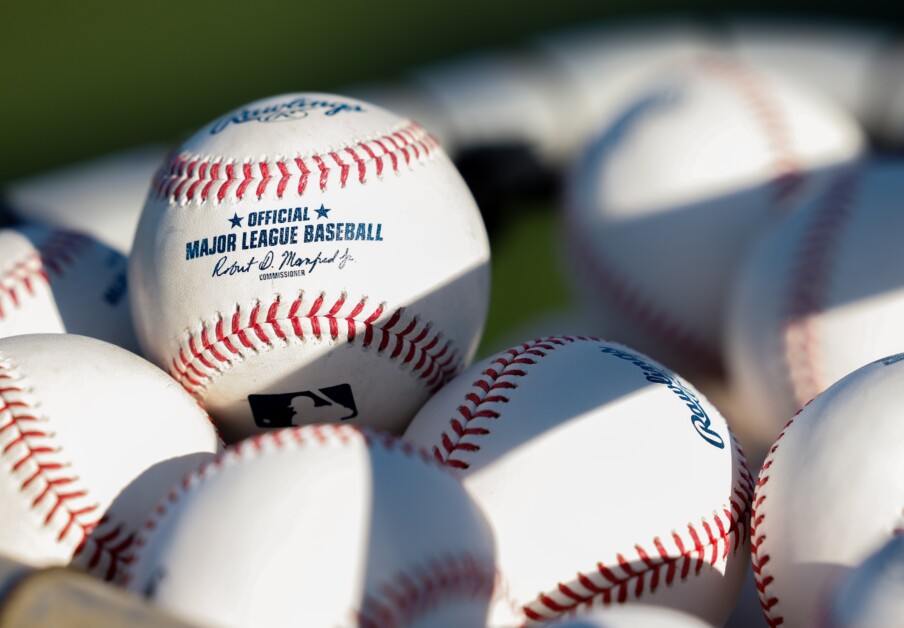Over the past few seasons, MLB has had a lot of trouble keeping its baseballs consistent in feel and how they play, which has caused problems for players and their production.
In 2017, pitchers across the league claimed the baseballs were “juiced,” and two years later, the balls had “inconsistent seam heights” with other claims that the balls were changed during the postseason.
In 2021, it was revealed by a study the league used two different balls throughout the season while MLB banned the use of foreign substances, which upset pitchers who no longer had a strong grip on the baseballs that featured lower seams.
MLB has also been testing and developing new baseballs that are designed to have better grip and could make their way to game soon.
But in the meantime, MLB will require all stadiums to store their baseballs in a humidor prior to their games in an effort to control some of the inconsistencies between them, according to Eno Sarris of The Athletic:
Heard from @BoogSciambi and confirmed: humidors in all thirty parks this season.
— Eno Sarris (@enosarris) March 26, 2022
Humidors work by bringing baseballs to an average humidity, which means in a dry park, baseballs will become more humid, and thus heavier. In humid parks, however, a humidor will dry out the baseballs and make them lighter.
It’s hard to predict what the exact outcome will be because of the many additional factors involved. For example, baseballs travel further in humid air than they do in dry air, but in dry climates, baseballs have higher exit velocities but don’t travel as far.
Sarris estimated the change won’t have a major effect in most stadiums and the biggest differences will be seen in the most humid cities, such as San Francisco and despite their domed stadium, Tampa Bay.
These places would see an offensive boost because a drier baseball would result in higher exit velocities and the humid air would result in further distances.
In 2021, 10 of the 30 teams were already using humidors throughout the season, including the Colorado Rockies and Arizona Diamondbacks, who have both seen the biggest results from using a humidor.
In Arizona, the humidor decreased home run totals by decreasing exit velocities off the bat because of a humid baseball’s heavier weight. Chase Field was previously considered a hitter-friendly park despite the dry air that limits distance because dry baseballs and dry air increased exit velocity off the bat.
In 2018, MLB also mandated that all teams store their baseballs in an enclosed and air conditioned room to help curb some of the effects of teams being able to store their baseballs at their discretion while the league collected data on the effects.
How does MLB humidor affect the Dodgers and Dodger Stadium?
Dodger Stadium is one of the least humid stadiums on average, so the Los Angeles Dodgers could end up seeing a drop in home run totals. However, it is impossible to predict the exact outcome without knowing how the team previously stored their baseballs.
If the Dodgers were storing their baseballs in a dry place, a humidor would decrease their exit velocities. But if they were storing them in a humid place, a humidor will dry them out and could slightly increase their offensive production, however that seems to be the more unlikely outcome.
Still, there are many factors that go into hitting which are more important than the humidity of the city and a baseball, such as the talent of a player and their ability to hit the ball well, so it’s unlikely that the effects will be very noticeable from game to game.
Have you subscribed to the Dodger Blue YouTube channel? Be sure to ring the notification bell to watch player interviews, participate in shows and giveaways, and stay up to date on all Dodgers news and rumors!






